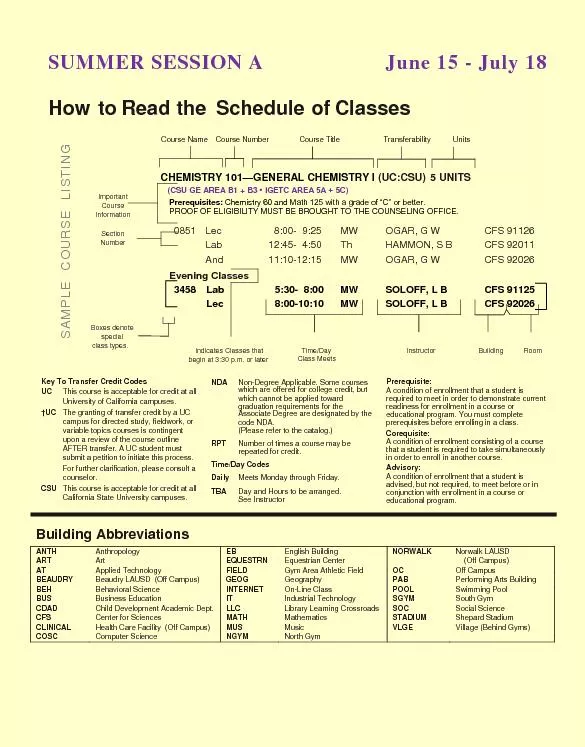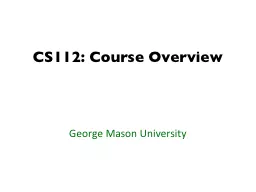PPT-Introduction Lecture 1 What this course is about…
Author : opelogen | Published Date : 2020-10-22
An introductory course Aimed at researchers with basic stats skills know about inference regression but have never really used international education datasets
Presentation Embed Code
Download Presentation
Download Presentation The PPT/PDF document "Introduction Lecture 1 What this course ..." is the property of its rightful owner. Permission is granted to download and print the materials on this website for personal, non-commercial use only, and to display it on your personal computer provided you do not modify the materials and that you retain all copyright notices contained in the materials. By downloading content from our website, you accept the terms of this agreement.
Introduction Lecture 1 What this course is about…: Transcript
Download Rules Of Document
"Introduction Lecture 1 What this course is about…"The content belongs to its owner. You may download and print it for personal use, without modification, and keep all copyright notices. By downloading, you agree to these terms.
Related Documents














![[READ]-Fortran Crash Course + Hacking + Android Crash Course + Python Crash Course + XML](https://thumbs.docslides.com/972403/read-fortran-crash-course-hacking-android-crash-course-python-crash-course-xml-crash-course-hacking-xml-python-android-book-2.jpg)